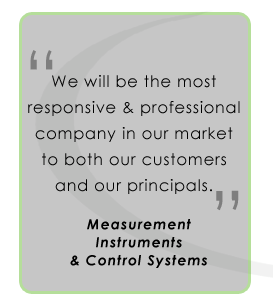Gantner Instrument Blog: The A136 Strain Gage Amplifier Is Redefining Precision Measurement
The new I/O module for 1kOhm strain gages and semiconductor-based sensors that require 10V excitation. The US has had a long-standing relationship with 10 V excitation in strain gage applications. Despite the tiny accuracy loss from the accompanying higher signal-to-noise ratio and heat induction, the North American market has, for decades, embraced 10 V excitation, shaping their calibration and quality standards around it. Such consistency ensures that transitions to newer technologies don’t disrupt existing protocols. Modern engineering applications have a growing trend towards using 1000 ohm strain gages. Add to this mix the rise of semiconductor-based sensors in testing environments. These bridge-based sensors are designed primarily for pressure and flow measurement and demand a higher excitation voltage when compared to metal foil strain gages. Their adaptability in capturing high (20k-50k) and static low frequencies makes them indispensable in propulsion testing for the automotive and aerospace industries. While the merits are compelling, it’s important to remember the increased power consumption and the potential damage if a strain gage excitation isn’t optimized. However, when you consider the overwhelming benefits especially in high-precision applications like aerospace, automotive engineering, or even noisy industrial environments, the A136’s compatibility for easily configurable excitation ranging from 1 V to 10 V shines. |



